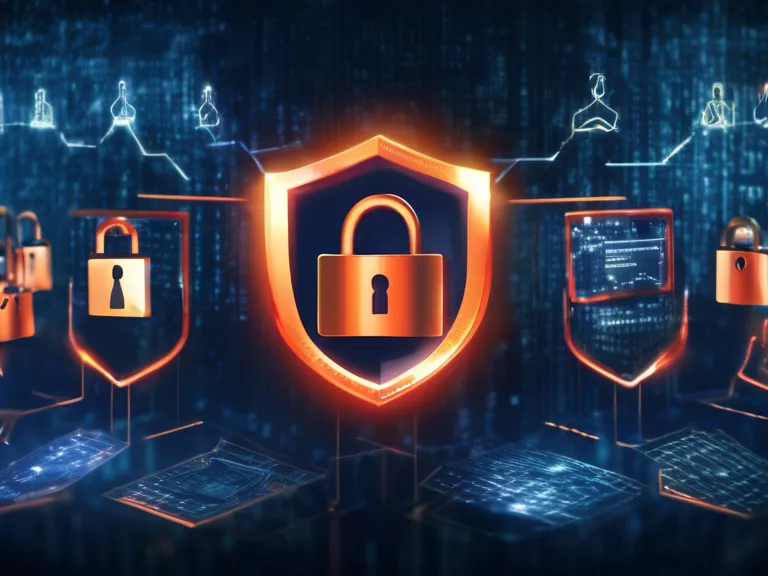
Introduction
In today's digital age, safeguarding secrets and sensitive information is of utmost importance. With the increasing number of cyber threats and data breaches, implementing robust cybersecurity strategies is crucial for individuals and organizations alike. In this article, we will delve into the world of cybersecurity and explore effective strategies to protect valuable data from cyber attacks.
Understanding Cybersecurity
Cybersecurity encompasses a set of technologies, processes, and practices designed to protect networks, devices, and data from unauthorized access, cyber threats, and attacks. It involves safeguarding against a wide range of risks, including malware, phishing, ransomware, and other forms of cybercrime.
Importance of Cybersecurity
Cybersecurity is essential for maintaining the confidentiality, integrity, and availability of sensitive information. A breach in cybersecurity can have severe consequences, including financial losses, reputational damage, and legal implications. By implementing effective cybersecurity measures, individuals and organizations can mitigate these risks and safeguard their digital assets.
Common Cybersecurity Threats
- Malware: Malicious software designed to disrupt, damage, or gain unauthorized access to computer systems.
- Phishing: Deceptive emails or messages used to trick individuals into revealing sensitive information.
- Ransomware: Malware that encrypts data and demands payment for its release.
- Data Breaches: Unauthorized access to sensitive data, leading to its exposure or theft.
Cybersecurity Strategies
- Strong Passwords: Use complex and unique passwords for each account and enable multi-factor authentication where possible.
- Regular Software Updates: Keep operating systems, software, and antivirus programs up to date to patch vulnerabilities.
- Firewalls and Encryption: Implement firewalls to monitor and control incoming and outgoing network traffic, and use encryption to protect data in transit.
- Employee Training: Educate employees on cybersecurity best practices, including how to identify and report suspicious activities.
- Backup and Recovery: Regularly back up data to secure locations and ensure a reliable recovery process in case of data loss.
Conclusion
Safeguarding secrets and protecting sensitive information in the digital realm requires a proactive approach to cybersecurity. By understanding the importance of cybersecurity, recognizing common threats, and implementing effective strategies, individuals and organizations can enhance their resilience against cyber attacks. Prioritizing cybersecurity is not just a necessity in today's interconnected world—it is an essential investment in safeguarding valuable assets and maintaining trust in the digital ecosystem.